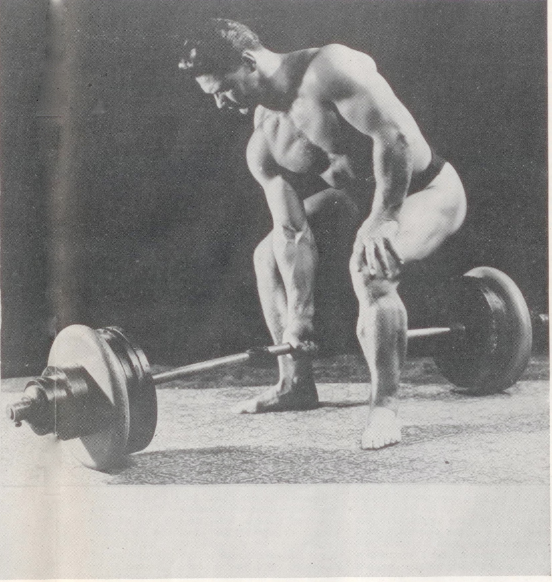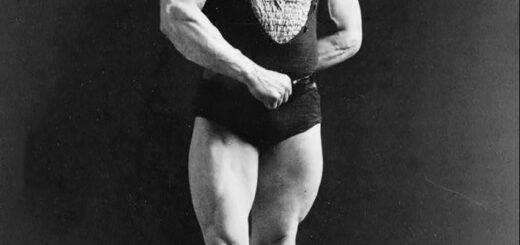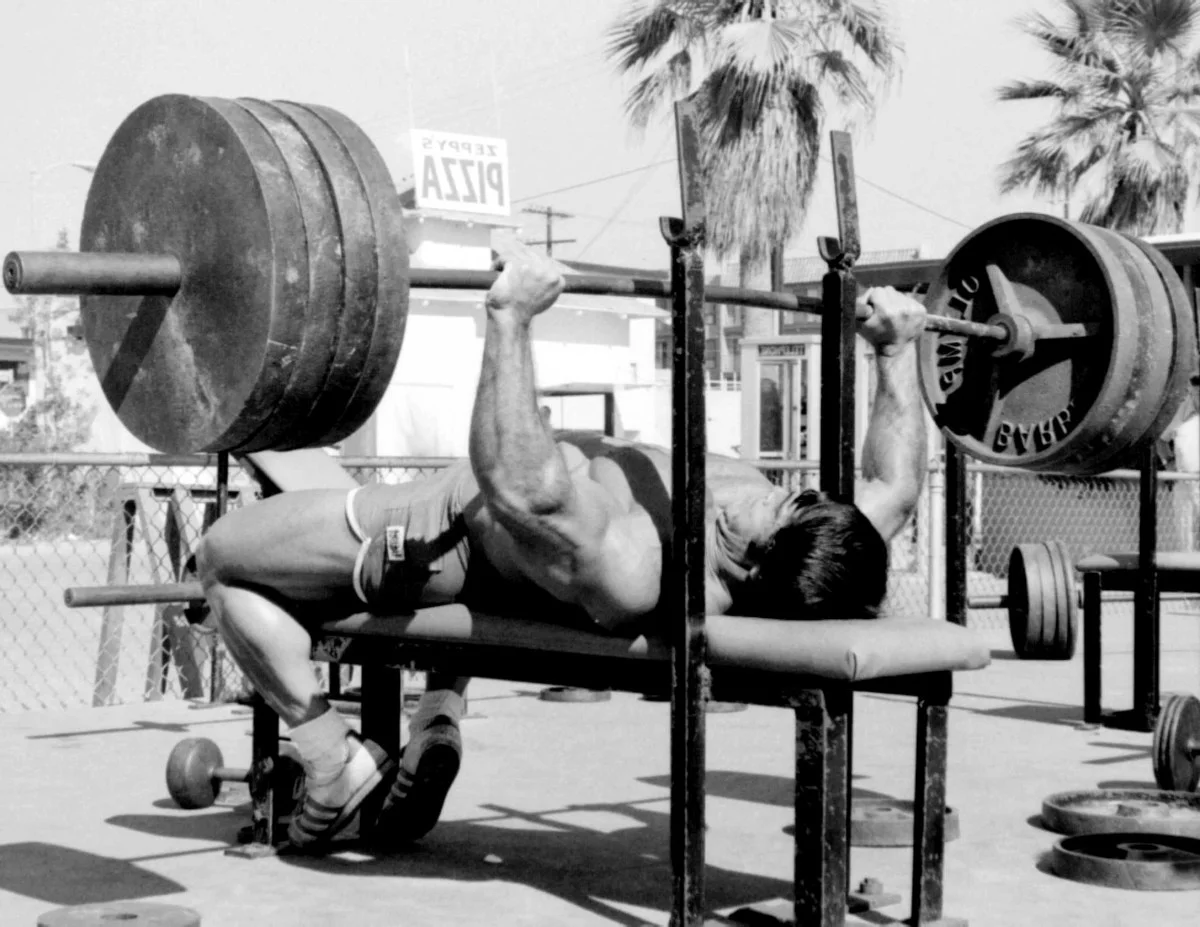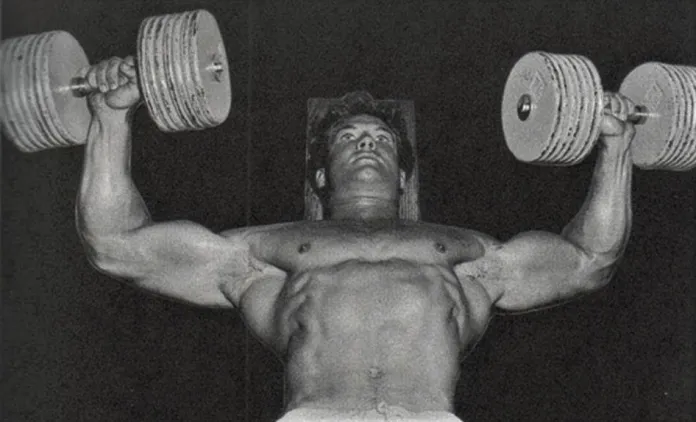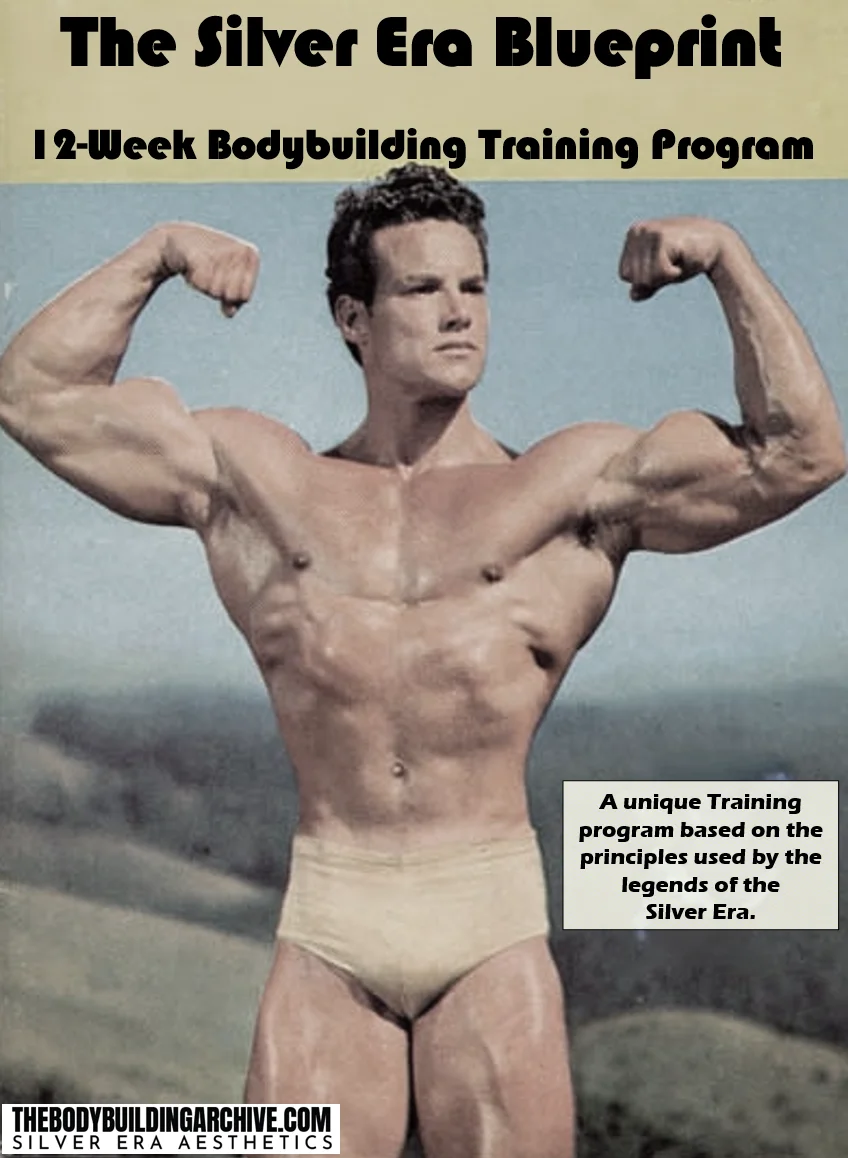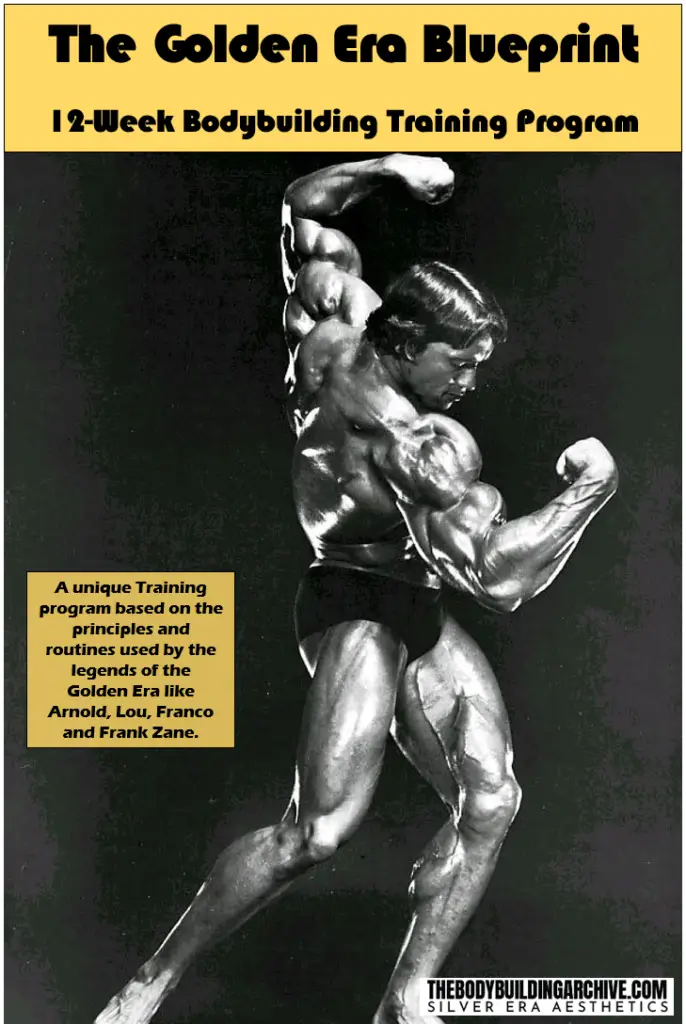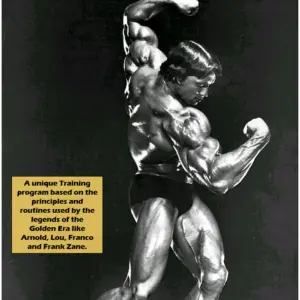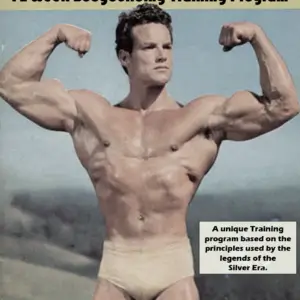7 Old School Bodybuilding Exercises You’re Not Doing
July 11, 2022
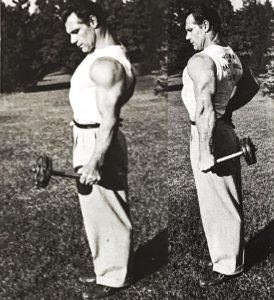
Bodybuilding has changed a lot since the early days. Advancements in science have led to changes in how we train and how we recover. The Silver and Golden Eras of bodybuilding laid the foundation for today’s training techniques. Below are some exercises from the early days which have lost popularity in the modern day.
The Reeves Deadlift
Steve Reeves was one of the first bodybuilders to make the transition from Mr. America to the bright lights of Hollywood. His fame grew off the back of his aesthetic physique. Steve had a tiny waist and impressive lat development, creating the elusive ‘v-taper’. Steve credits his back development to what is now known as the Reeves Deadlift.
The Reeves Deadlift requires you to grip the plates when deadlifting, not the bar. A full breakdown of its benefits and how to perform the deadlift can be found here.
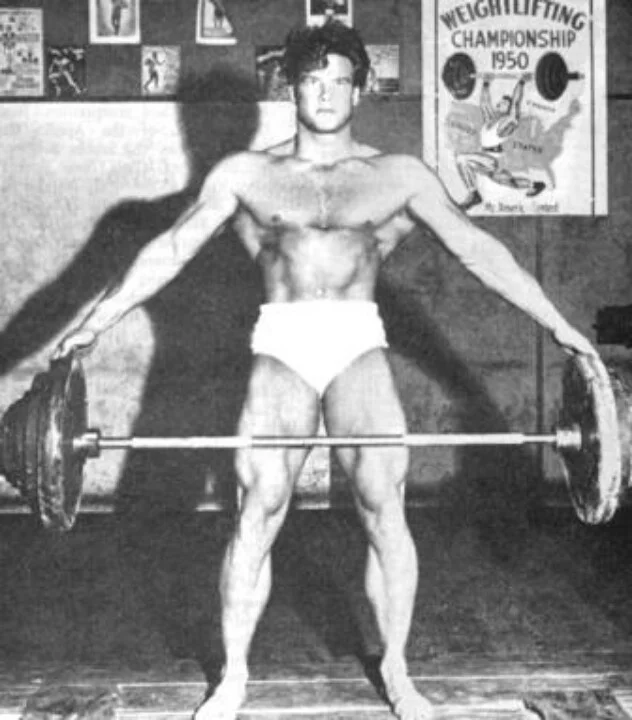
Heel-Raised Squats
Squatting with raised heels was a staple in old-school bodybuilding routines. It was favored by Steve Reeves, Jim Haislop, and Arnold Schwarzenneger. Whilst it is still used today, it’s lost popularity.
The squat variation involves raising your heels using plates or a board. This allows you to reduce the workload from the hamstrings and place more emphasis on the quads. It’s also beneficial for taller bodybuilders. Those with long legs struggle to reach a full range of motion when squatting. This variation increases your mobility and allows you to get deeper. The position of the foot allows the knees to push further forward. Whilst it’s not a substitute for squatting, it’s a great addition to building tear-drop quads.
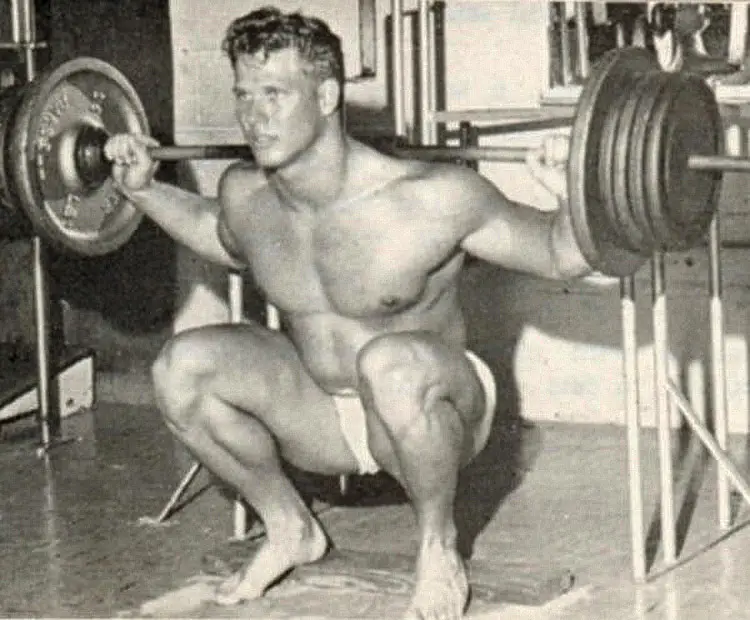
Zercher Squat
Another variation is the Zercher Squat. It was created by strongman Ed Zercher in the 1930s. The Zercher Squat is a front-loaded exercliker to a goblet squat. Instead of racking the bar on your back, you rest the bar in the crease of your elbow.
The Zercher Squat requires you to lift a lighter weight than normal, but it has some benefits. The variation teaches you to keep your torso upright and keep a strong posterior chain. Due to the position of the bar, you can’t lean forward.
Due to the front rack position, the Zercher Squat will also allow you to get deeper. The bar follows the path of your knees and ankles, which requires less mobility to get lower in the hold.
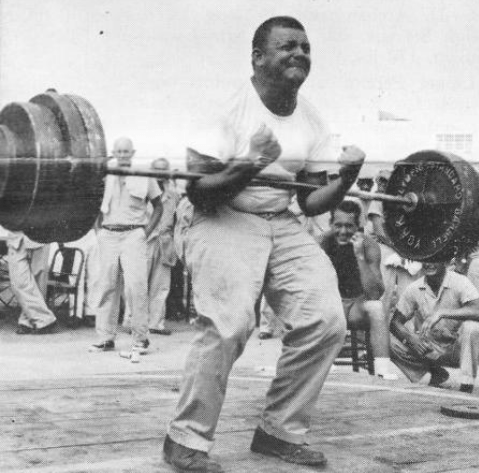
The Sissy Squat
The Sissy Squat has a misleading name. Although it’s a bodyweight move, it will have your quads burning. This was a favorite of Tom Platz, who was well-known for his phenomenal leg development. Vince Gironda also favored this exercise. Whilst the movement is simple, it places a lot of stress on your knees. If you struggle with knee pain, avoid Sissy Squats. Tom Platz demonstrates the correct technique in the image below.
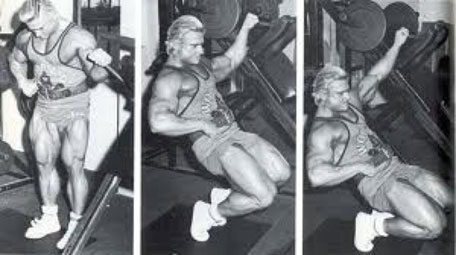
The Bradford Press
Invented by champion weightlifter Jim Bradford, this is a great alternative to train the delts. Arnold Schwarzenneger used this technique. Start with a bar set up similar to a back squat. From here you’re going to press the bar up to the top of your head. Lower the bar to your neck. The premise of the exercise is to alternate every rep between behind the neck and normal shoulder pressing. Only lift the bar slightly above your head so that you can move it forward and back. Don’t press to complete the extension.
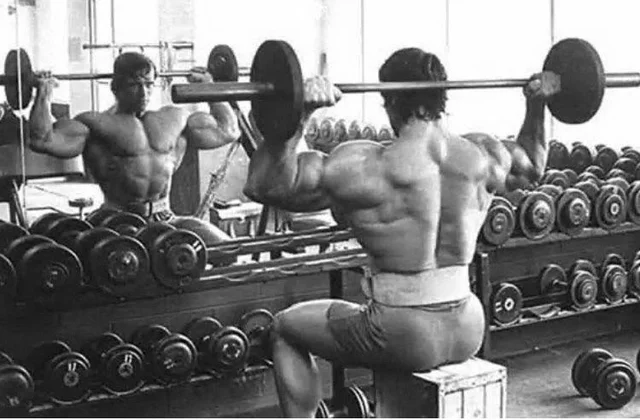
Leverage Holds
John Grimek had some of the most impressive forearms in bodybuilding. Whilst he had many techniques to grow his forearms, the leverage hold is one of the easiest to replicate in the gym. Load a dumbbell or barbell with a light weight on one side. The other side has no weight. Hold the bar at the end without weight for a period of thirty seconds to a minute. As the weight is distributed unevenly it places immense pressure on the forearms. This can also be done with a kettlebell by holding the weight off-center.

Single-Arm Deadlift
The single-arm deadlift was another favorite of John Grimek’s. Instead of a normal deadlift, Grimek would stand over the bar with one leg on either side. He would then perform a deadlift using one arm. The deadlift variation places a lot of stress on the grip and forearms as you try to balance the weight on either side. The exercise also has great benefits for the core and posterior chain. Using only one arm means you have to stabilize the weight and lift the bar slowly to ensure it doesn’t fall forward or backward. Sounds simple, but it’s not as easy as it looks.
